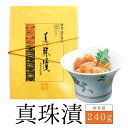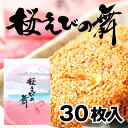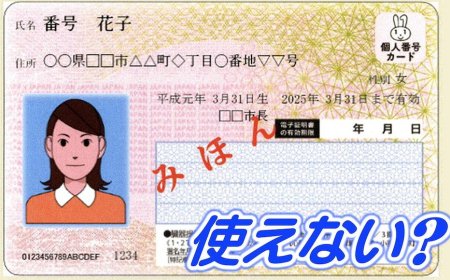Japanese Language
The Japanese language is a gateway to a rich cultural experience and an intellectual challenge. Its unique writing systems, intricate grammar, and cultural depth offer a rewarding journey for learners.

The Japanese language, known as Nihongo (日本語), is a fascinating and intricate language spoken by over 125 million people primarily in Japan. With its rich history, unique writing systems, and complex grammar, Japanese offers a captivating journey for anyone interested in languages, culture, and communication. This guide delves into the various aspects of Japanese, providing insights into its origins, structure, and the benefits of learning this beautiful language.
The origins of the Japanese language are shrouded in mystery, with theories suggesting influences from Korean, Chinese, and even Polynesian languages. The earliest form of Japanese, Old Japanese, dates back to the 8th century and is recorded in ancient texts such as the Kojiki and Nihon Shoki. Over centuries, the language evolved through Middle Japanese to Modern Japanese, incorporating elements from Chinese, particularly during the Tang Dynasty when many Chinese characters were adopted into Japanese writing.
Writing Systems
Japanese is distinguished by its use of three writing systems: Kanji, Hiragana, and Katakana.
- Kanji (漢字): These are logographic characters borrowed from Chinese, representing words or morphemes. Kanji can be complex, with thousands of characters used in everyday writing.
- Hiragana (ひらがな): A phonetic script used for native Japanese words and grammatical elements. Hiragana is essential for reading and writing in Japanese, as it provides the base for many word forms and inflections.
- Katakana (カタカナ): Another phonetic script used primarily for foreign loanwords, onomatopoeia, and technical terms. Katakana gives Japanese writing a distinctive look when foreign words are integrated.
Complex Grammar and Syntax
Japanese grammar is known for its complexity and precision. Unlike English, Japanese follows a Subject-Object-Verb (SOV) word order. This structure requires learners to rethink sentence construction, often placing the verb at the end. Japanese grammar also relies heavily on particles, small words that indicate the relationship between phrases and clauses.
Politeness and formality are integral to Japanese communication. The language includes various levels of politeness, from casual speech to honorific and humble forms, reflecting social hierarchy and respect. Mastering these nuances is crucial for effective and respectful communication in Japanese.
Pronunciation and Phonetics
Japanese pronunciation is relatively straightforward, with a consistent syllable structure and a limited set of sounds. The language consists of five vowel sounds (a, i, u, e, o) and a combination of consonants and vowels forming syllables. Pitch accent, rather than stress accent, plays a significant role in Japanese pronunciation, with the pitch of syllables affecting the meaning of words.
Cultural Insights and Idiomatic Expressions
Learning Japanese provides a window into Japanese culture and values. The language is rich with idiomatic expressions, proverbs, and sayings that reflect the country's philosophy, humor, and way of life. For example, the concept of "Wa" (和), meaning harmony, is deeply embedded in Japanese communication, emphasizing the importance of social cohesion and mutual respect.
Resources and Learning Strategies
Numerous resources are available for learning Japanese, from textbooks and online courses to language exchange programs and immersive experiences in Japan. Consistent practice, immersion, and interaction with native speakers are key strategies for mastering the language.
Related Products





































































































